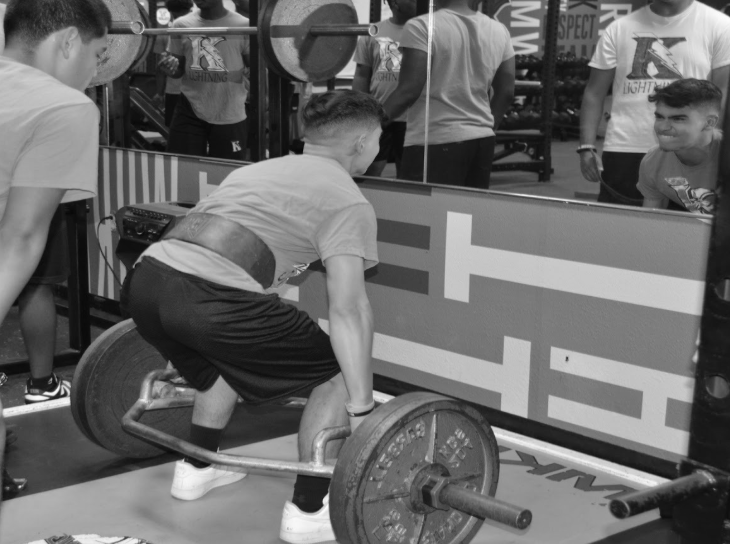Psychology in fashion, how clothing can affect your mood
Whether you wake up and throw on sweatpants and a sweater, or jeans and a flannel (Krop colors of course), you might not realize that what you choose to wear could be one of the most important choices of your day. Fashion and clothing can influence our behavior, perception, self-esteem and even confidence.
Fashion taps into multiple aspects of our lives, such as culture, background, self-expression and gender, but the color of what we choose to put on changes several processes within our body.
According to ScienceDirect, a study conducted in 2012 asked participants to wear a lab coat and perform experiments. When participants were told it was a doctor’s coat, they did better on cognitive tests; however, when told it was a painter’s coat, cognitive performance declined. The results of the experiment depicted that clothes that usually symbolize intelligence, like a doctor’s coat make us feel smarter, and therefore we perform better.
People often evaluate others whom they have met based on their appearance, which includes their clothing, and we also judge ourselves based on what we are wearing. So, wearing different clothes subtly affects our attitude, confidence and behavior.
Another experiment conducted in 2015 by the Journal of Experimental Psychology split people into two outfits, suits and sweatpants, and created a simulated business deal experiment. The people wearing suits were able to close a deal worth over $2 million for their “company,” while those wearing sweatpants ended up costing their company $1.2 million in losses. The psychological effects of wearing clothes that convey a high and strong social status, such as suits, increased job performance and ability to negotiate in competitive tasks.
However, with each setting comes different requirements, and just like sweatpants are not fit for work, suits aren’t great for socializing. A study by SageJournals found that formal clothes, especially ties, make it harder for people to open up and relax, making it more difficult for socializing and interacting. Casual clothes like t-shirts and pants actually help us become more creative and friendly.
“I’m a very social person and I love wearing sweatpants, they are just really comfortable,” senior Ava Share said. “When I wear clothes I like and feel better in, it is easier to talk to people and be more social than when I wear clothes that I’m not as comfortable in.”
Our clothes not only affect our behavior, but can even go as far as affecting our decisions. Wearing activewear, can make it more likely that you will actually go exercise. The term “enclothed cognition,” coined by Northwestern scientists Hajo Adam and Adam Galinsky, describes the mental changes we undergo when wearing certain clothing, which the popular gym wear brand Lululemon has taken advantage of. With their “athleisurewear,” Lululemon has captured a new market, people who wear athletic clothes as normal everyday use. According to their experiments, people who wear these clothes that close the gap between streetwear and athletic wear have become more inclined to actually go to the gym.
Our clothing selections can convey a variety of emotions depending on their style, construction, color and shape. According to a study by the University of Hertfordshire, while people admitted to feeling more depressed and sad when wearing “baggy” clothes, light colors and apparel like shorts or dresses have been associated with happiness and a positive state of mind. So, next time you’re thinking about what to wear, keep in mind, those sweatpants and sweaters may change your whole day.





























